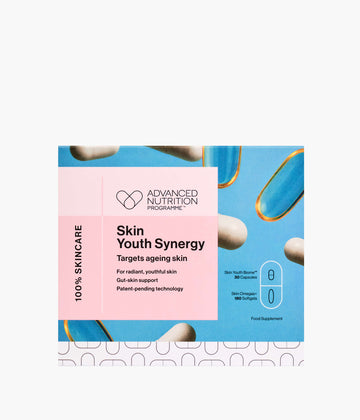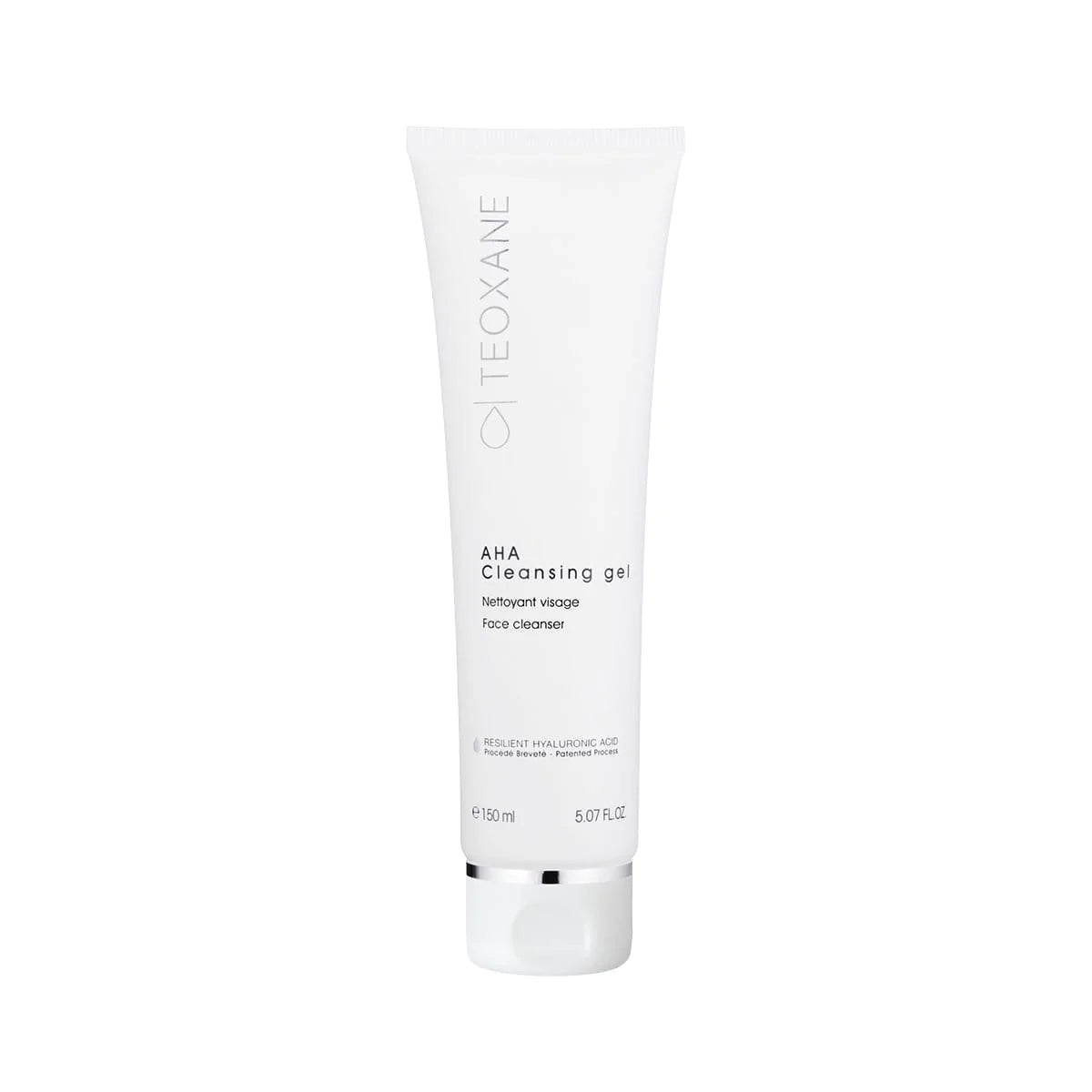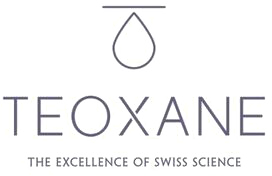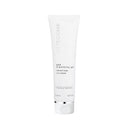Teoxane
Founded in Geneva, Teoxane Laboratories is a global leader in hyaluronic acid-based dermal fillers and cosmeceutical skincare. Its research-driven approach has produced patented crosslinked hyaluronic acid technologies used in aesthetic medicine worldwide.
Building on its injectable expertise, Teoxane created a skincare line featuring resilient hyaluronic acid (RHA®) combined with powerful antioxidants and peptides. These formulas help hydrate, plump and revitalise the skin, enhancing and prolonging in-clinic results.
By merging medical science with luxury textures, Teoxane delivers high-performance skincare that bridges the gap between aesthetic treatments and daily routines. Its commitment to innovation and clinical excellence makes it a trusted name among professionals and consumers alike.















